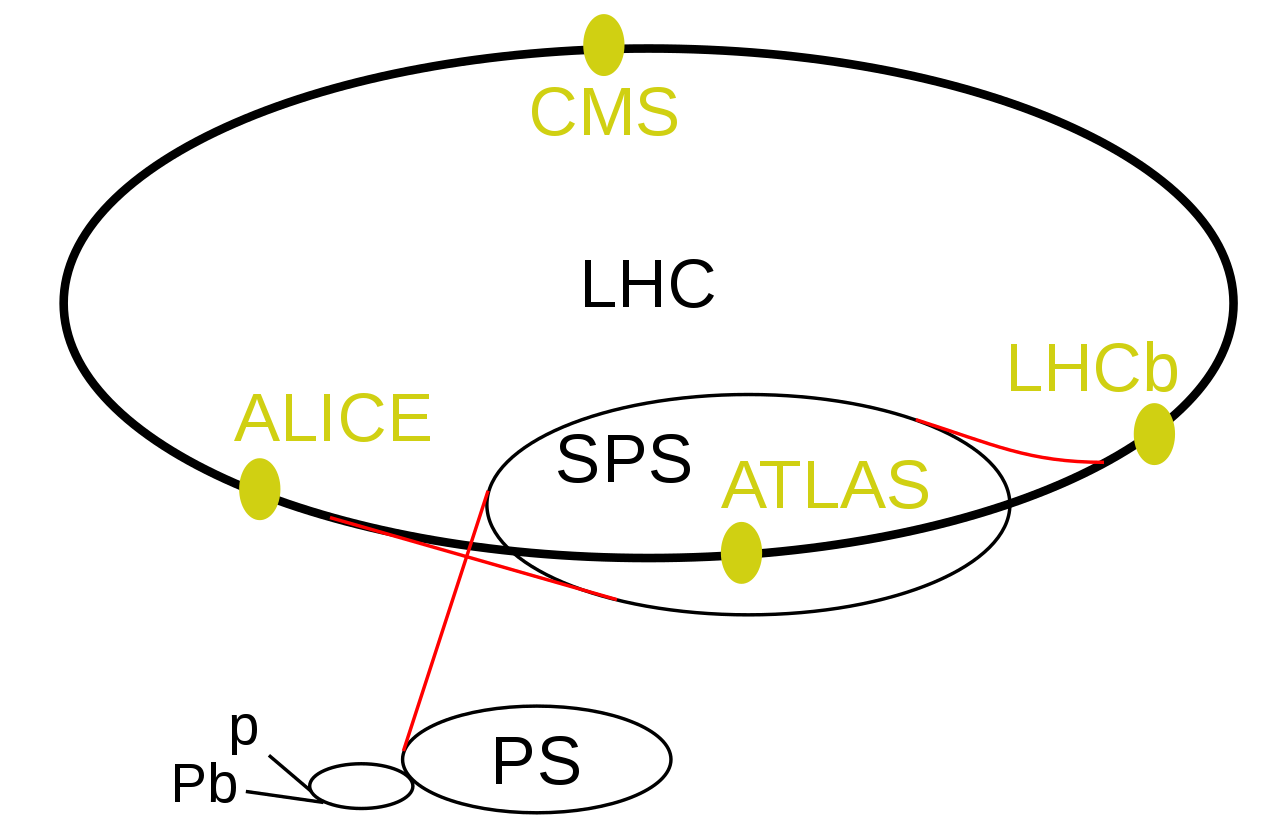
Over the years, scientific research and advancements have been strongly tied to science communication. Although investing time and effort into developing the technical and physical knowledge that is necessary for science to progress, it is equally important to spend that same time and effort into properly communicating said progress to the non-scientific public. If this task is not taken seriously enough, we expose ourselves to the risk of misinformation spreading, leading to people taking important decisions with misleading information. From vaccines to climate change or the recent pandemic, the efforts of the scientific community to appropriately manage these issues might end up being useless if the general public does not see this endeavour as a reliable source of decision-making information. Good scientific communication should stand against hyperbole, sensationalism, biased publications and click-baiting in order to create a more conscious, mindful society that shares the same values.
Well-known figures such as Carl Sagan, Jane Goodall, David Attenborough or Felix Rodríguez de la Fuente have been effective and respected science communicators in their respective fields. In recent years, the format of communication has changed from television, to well-produced shows on streaming platforms to, more recently, Youtube. It is through Youtube videos and vlogs that most current scientific communication takes place, especially for the younger generations. The most successful and influential Spanish scientific communicator and youtuber is Javier Santaolalla.
Javier Santaolalla is a Spanish physicist, engineer and science communicator. He was born in Burgos and studied telecommunications engineering in Las Palmas of Gran Canaria University. He then studied physics at the University Complutense of Madrid (UCM), after which he was accepted at CERN to course a Masters degree, where he was part of the group that discovered the Higgs Boson in the CMS experiments at the LHC. After finishing his Masters, he went back to UCM to course a PhD on particle physics, writing his thesis on electroweak processes in muon decays at the CMS.

As a scientific communicator, he is part of the Big Van group, who organise and lead science communication events, he participates in Órbita Laika, a late night science communication show, and five years ago he founded “Date un Vlog”, the Youtube channel where more than two million subscribers follow his ten-minute videos explaining different concepts and theories, such as the theory of relativity or nuclear fusion, and debunking or reacting to other videos and trends. Here I will focus on the two most relevant videos for this blog; “ITER: the biggest fusion reactor in the world” and “Is ITER safe?”
ITER: the biggest fusion reactor in the world
In “ITER: the biggest fusion reactor in the world”, Santaolalla travels to Cadarache, in the South of France, and visits the ITER installation site while speaking to several experts. He starts the video with a brief explanation of basic fusion concepts, then interviews the Head of Division, Science Control and Operations, an Interlock Systems Engineer, a Design Engineer, the Deputy Head of ITER Programme at Fusion for Energy and a Tokamak Integration Engineer, all of which give a broad view of how ITER functions.
The conversations take place while moving through the different areas of the site; the toroidal field coils factory, where we learn about superconductors, the poloidal field coils factory, where we learn where each of the gigantic coils came from, the assembly hall, where we learn about the main challenges faced by the engineers, and finally the central pit.
Is ITER safe?
In “Is ITER safe?”, Santaolalla revisits some of the interviewees from his previous video, focusing this time on the safety of the project. He asks the experts what the most concerning problems might be, starting conversations about the production and radioactivity of tritium and of the steel tokamak materials, chain reactions, explosions, instabilities, earthquakes, etc. The Safety Control System Responsible Officer explains how the low activation steel alloys in the machine’s walls have short half-lives, not different from the steels used in cancer treatments, or how the tritium leakage control mechanisms in place function. He also explains that there isn’t a chain reaction in fusion reactors, so there is no risk of this reaction going out of control, and that there are disruption mitigation systems that poison the reaction in case the energy deposition needs to be alleviated.
They also speak about the detection and safety control systems in ITER, which allow officers to detect instabilities as they take place, in order to use resistance systems to minimize the damage to the machine. Finally, Santaolalla speaks to the Sector Director at Ferrovial Constructions, who talks about the materials used in the walls of the machine, the thickness and importance of the port cell doors and the anti-seismic bearings that minimize internal tensions in the building in case of an earthquake.
At the beginning of September, Santaolalla announced that he is closing down his Youtube channel and stopping science communication activities in order to pursue his long lasting dream of being an astronaut. From the Fusion Group at BSC, we would like to express our gratitude and thank him for helping people engage with scientific knowledge in a truthful, entertaining and positive way. We hope his work inspires more people to use scientific communication as the powerful tool that it is and wish him all the best in his next steps.
